1. Rooks JB, Ory HW, Ishak KG, Strauss LT, Greenspan JR, Hill AP, et al. 1979; Epidemiology of hepatocellular adenoma. The role of oral contraceptive use. JAMA. 242:644–648. DOI:
10.1001/jama.1979.03300070040020. PMID:
221698.


2. Sasaki M, Yoneda N, Kitamura S, Sato Y, Nakanuma Y. 2011; Characterization of hepatocellular adenoma based on the phenotypic classification: the Kanazawa experience. Hepatol Res. 41:982–988. DOI:
10.1111/j.1872-034X.2011.00851.x. PMID:
21883740.


3. Chang CY, Hernandez-Prera JC, Roayaie S, Schwartz M, Thung SN. 2013; Changing epidemiology of hepatocellular adenoma in the United States: review of the literature. Int J Hepatol. 2013:e604860. DOI:
10.1155/2013/604860. PMID:
23509632. PMCID:
PMC3595661.

4. Zucman-Rossi J, Jeannot E, Nhieu JT, Scoazec JY, Guettier C, Rebouissou S, et al. 2006; Genotype-phenotype correlation in hepatocellular adenoma: new classification and relationship with HCC. Hepatology. 43:515–524. DOI:
10.1002/hep.21068. PMID:
16496320.


5. Micchelli ST, Vivekanandan P, Boitnott JK, Pawlik TM, Choti MA, Torbenson M. 2008; Malignant transformation of hepatic adenomas. Mod Pathol. 21:491–497. DOI:
10.1038/modpathol.2008.8. PMID:
18246041.


6. Chen YW, Jeng YM, Yeh SH, Chen PJ. 2002; P53 gene and Wnt signaling in benign neoplasms: beta-catenin mutations in hepatic adenoma but not in focal nodular hyperplasia. Hepatology. 36(4 Pt 1):927–935. DOI:
10.1053/jhep.2002.36126. PMID:
12297840.

7. Takayasu H, Motoi T, Kanamori Y, Kitano Y, Nakanishi H, Tange T, et al. 2002; Two case reports of childhood liver cell adenomas harboring beta-catenin abnormalities. Hum Pathol. 33:852–855. DOI:
10.1053/hupa.2002.125771. PMID:
12203220.

8. Torbenson M, Lee JH, Choti M, Gage W, Abraham SC, Montgomery E, et al. 2002; Hepatic adenomas: analysis of sex steroid receptor status and the Wnt signaling pathway. Mod Pathol. 15:189–196. DOI:
10.1038/modpathol.3880514. PMID:
11904335.


9. Belghiti J, Cauchy F, Paradis V, Vilgrain V. 2014; Diagnosis and management of solid benign liver lesions. Nat Rev Gastroenterol Hepatol. 11:737–749. DOI:
10.1038/nrgastro.2014.151. PMID:
25178878.


10. Zech CJ, Grazioli L, Breuer J, Reiser MF, Schoenberg SO. 2008; Diagnostic performance and description of morphological features of focal nodular hyperplasia in Gd-EOB-DTPA-enhanced liver magnetic resonance imaging: results of a multicenter trial. Invest Radiol. 43:504–511. DOI:
10.1097/RLI.0b013e3181705cd1. PMID:
18580333.


11. van den Esschert JW, van Gulik TM, Phoa SS. 2010; Imaging modalities for focal nodular hyperplasia and hepatocellular adenoma. Dig Surg. 27:46–55. DOI:
10.1159/000268407. PMID:
20357451.


12. Bieze M, van den Esschert JW, Nio CY, Verheij J, Reitsma JB, Terpstra V, et al. 2012; Diagnostic accuracy of MRI in differentiating hepatocellular adenoma from focal nodular hyperplasia: prospective study of the additional value of gadoxetate disodium. AJR Am J Roentgenol. 199:26–34. DOI:
10.2214/AJR.11.7750. PMID:
22733890.


13. Bioulac-Sage P, Balabaud C, Bedossa P, Scoazec JY, Chiche L, Dhillon AP, et al. 2007; Pathological diagnosis of liver cell adenoma and focal nodular hyperplasia: Bordeaux update. J Hepatol. 46:521–527. DOI:
10.1016/j.jhep.2006.12.007. PMID:
17239484.

14. Hwang S, Ha TY, Song GW, Jung DH, Ahn CS, Moon DB, et al. 2015; Quantified risk assessment for major hepatectomy via the indocyanine green clearance rate and liver volumetry combined with standard liver volume. J Gastrointest Surg. 19:1305–1314. DOI:
10.1007/s11605-015-2846-8. PMID:
25947549.


15. Hwang S, Lee YJ, Kim KH, Ahn CS, Moon DB, Ha TY, et al. 2015; The impact of tumor size on long-term survival outcomes after resection of solitary hepatocellular carcinoma: single-institution experience with 2558 patients. J Gastrointest Surg. 19:1281–1290. DOI:
10.1007/s11605-015-2849-5. PMID:
25956724.


16. Margolskee E, Bao F, de Gonzalez AK, Moreira RK, Lagana S, Sireci AN, et al. 2016; Hepatocellular adenoma classification: a comparative evaluation of immunohistochemistry and targeted mutational analysis. Diagn Pathol. 11:27. DOI:
10.1186/s13000-016-0475-5. PMID:
26961851. PMCID:
PMC4784347.



17. Lin H, van den Esschert J, Liu C, van Gulik TM. 2011; Systematic review of hepatocellular adenoma in China and other regions. J Gastroenterol Hepatol. 26:28–35. DOI:
10.1111/j.1440-1746.2010.06502.x. PMID:
21175790.


18. van Aalten SM, Thomeer MG, Terkivatan T, Dwarkasing RS, Verheij J, de Man RA, et al. 2011; Hepatocellular adenomas: correlation of MR imaging findings with pathologic subtype classification. Radiology. 261:172–181. DOI:
10.1148/radiol.11110023. PMID:
21875850.


19. Cho SW, Marsh JW, Steel J, Holloway SE, Heckman JT, Ochoa ER, et al. 2008; Surgical management of hepatocellular adenoma: take it or leave it? Ann Surg Oncol. 15:2795–2803. DOI:
10.1245/s10434-008-0090-0. PMID:
18696154.


20. de'Angelis N, Memeo R, Calderaro J, Felli E, Salloum C, Compagnon P, et al. 2014; Open and laparoscopic resection of hepatocellular adenoma: trends over 23 years at a specialist hepatobiliary unit. HPB (Oxford). 16:783–788. DOI:
10.1111/hpb.12257. PMID:
24852081. PMCID:
PMC4159449.


21. Vennarecci G, Santoro R, Antonini M, Ceribelli C, Laurenzi A, Moroni E, et al. 2013; Liver transplantation for recurrent hepatic adenoma. World J Hepatol. 5:145–148. DOI:
10.4254/wjh.v5.i3.145. PMID:
23556048. PMCID:
PMC3612574.



22. van Vledder MG, van Aalten SM, Terkivatan T, de Man RA, Leertouwer T, Ijzermans JN. 2011; Safety and efficacy of radiofrequency ablation for hepatocellular adenoma. J Vasc Interv Radiol. 22:787–793. DOI:
10.1016/j.jvir.2011.02.024. PMID:
21616431.


23. van Aalten SM, Terkivatan T, de Man RA, van der Windt DJ, Kok NF, Dwarkasing R, et al. 2010; Diagnosis and treatment of hepatocellular adenoma in the Netherlands: similarities and differences. Dig Surg. 27:61–67. DOI:
10.1159/000268587. PMID:
20357453.


24. Karkar AM, Tang LH, Kashikar ND, Gonen M, Solomon SB, Dematteo RP, et al. 2013; Management of hepatocellular adenoma: comparison of resection, embolization and observation. HPB (Oxford). 15:235–243. DOI:
10.1111/j.1477-2574.2012.00584.x. PMID:
23374365. PMCID:
PMC3572286.

25. Pilati C, Letouzé E, Nault JC, Imbeaud S, Boulai A, Calderaro J, et al. 2014; Genomic profiling of hepatocellular adenomas reveals recurrent FRK-activating mutations and the mechanisms of malignant transformation. Cancer Cell. 25:428–441. DOI:
10.1016/j.ccr.2014.03.005. PMID:
24735922.


26. Zucman-Rossi J, Benhamouche S, Godard C, Boyault S, Grimber G, Balabaud C, et al. 2007; Differential effects of inactivated Axin1 and activated beta-catenin mutations in human hepatocellular carcinomas. Oncogene. 26:774–780. DOI:
10.1038/sj.onc.1209824. PMID:
16964294.

27. Farges O, Ferreira N, Dokmak S, Belghiti J, Bedossa P, Paradis V. 2011; Changing trends in malignant transformation of hepatocellular adenoma. Gut. 60:85–89. DOI:
10.1136/gut.2010.222109. PMID:
21148580.


28. Yoneda N, Matsui O, Kitao A, Kozaka K, Gabata T, Sasaki M, et al. 2012; Beta-catenin-activated hepatocellular adenoma showing hyperintensity on hepatobiliary-phase gadoxetic-enhanced magnetic resonance imaging and overexpression of OATP8. Jpn J Radiol. 30:777–782. DOI:
10.1007/s11604-012-0115-2. PMID:
22911100.


29. Stueck AE, Qu Z, Huang MA, Campreciós G, Ferrell LD, Thung SN. 2015; Hepatocellular carcinoma arising in an HNF-1α-mutated adenoma in a 23-year-old woman with maturity-onset diabetes of the young: a case report. Semin Liver Dis. 35:444–449. DOI:
10.1055/s-0035-1567827. PMID:
26676820.


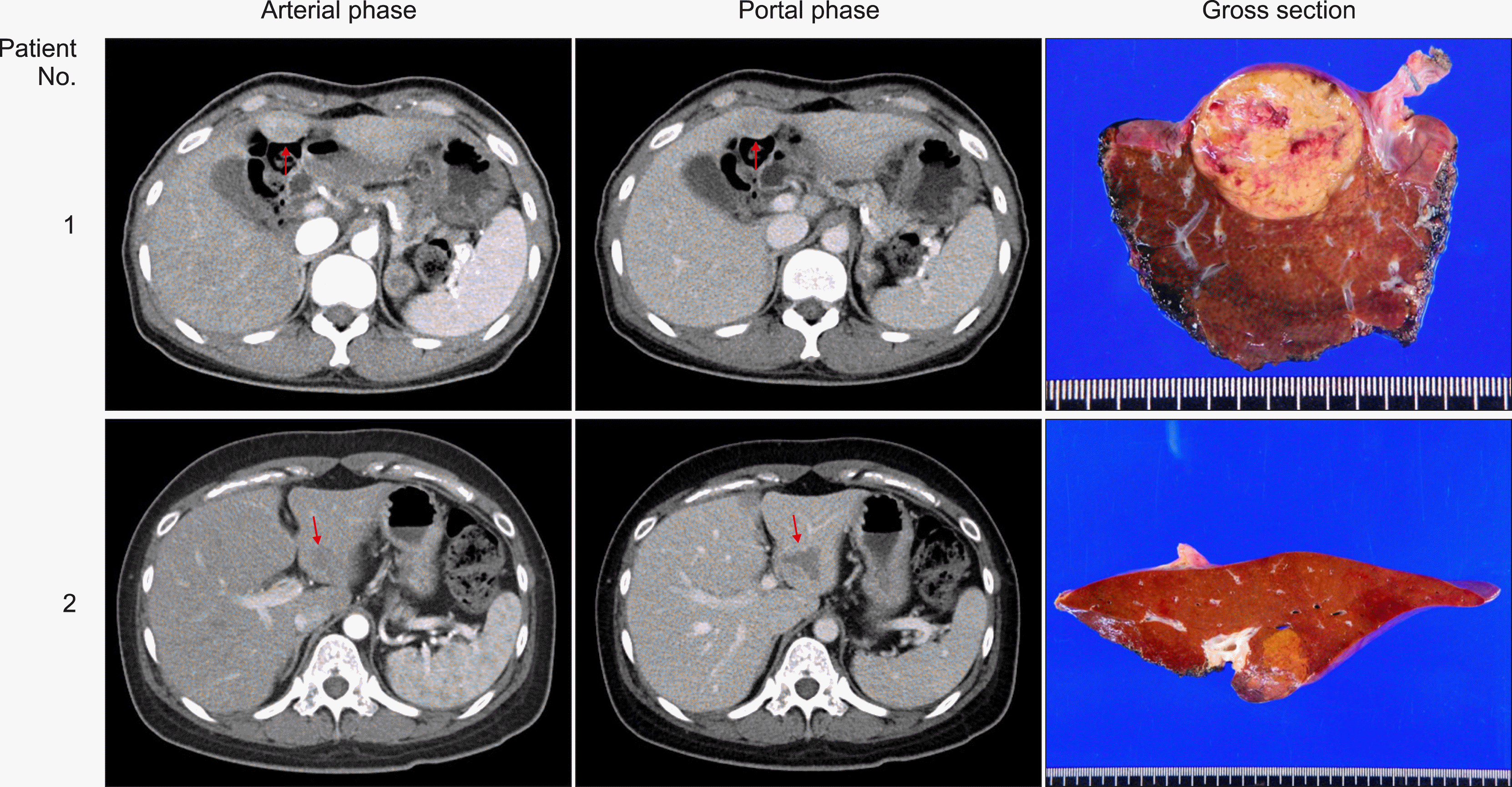
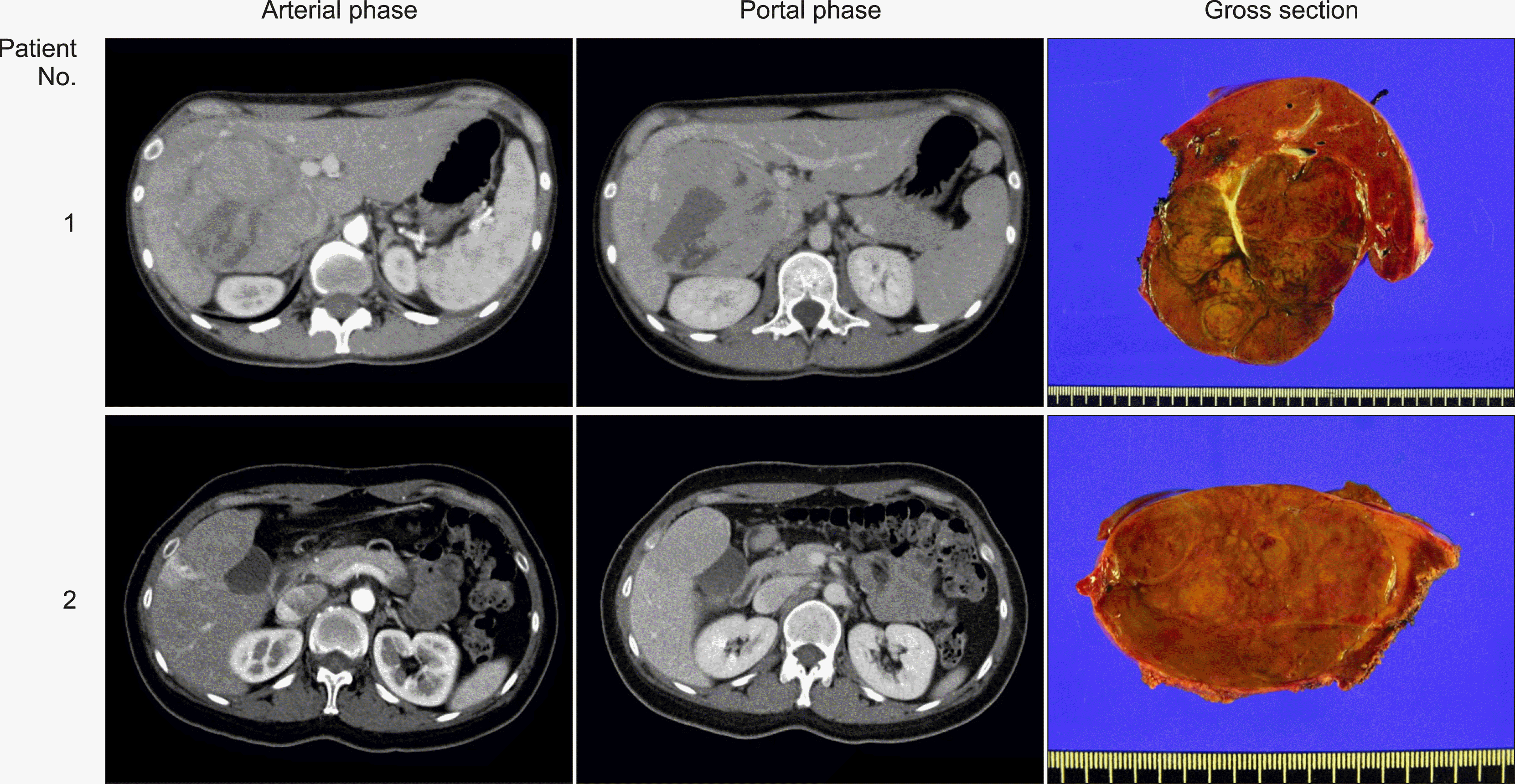
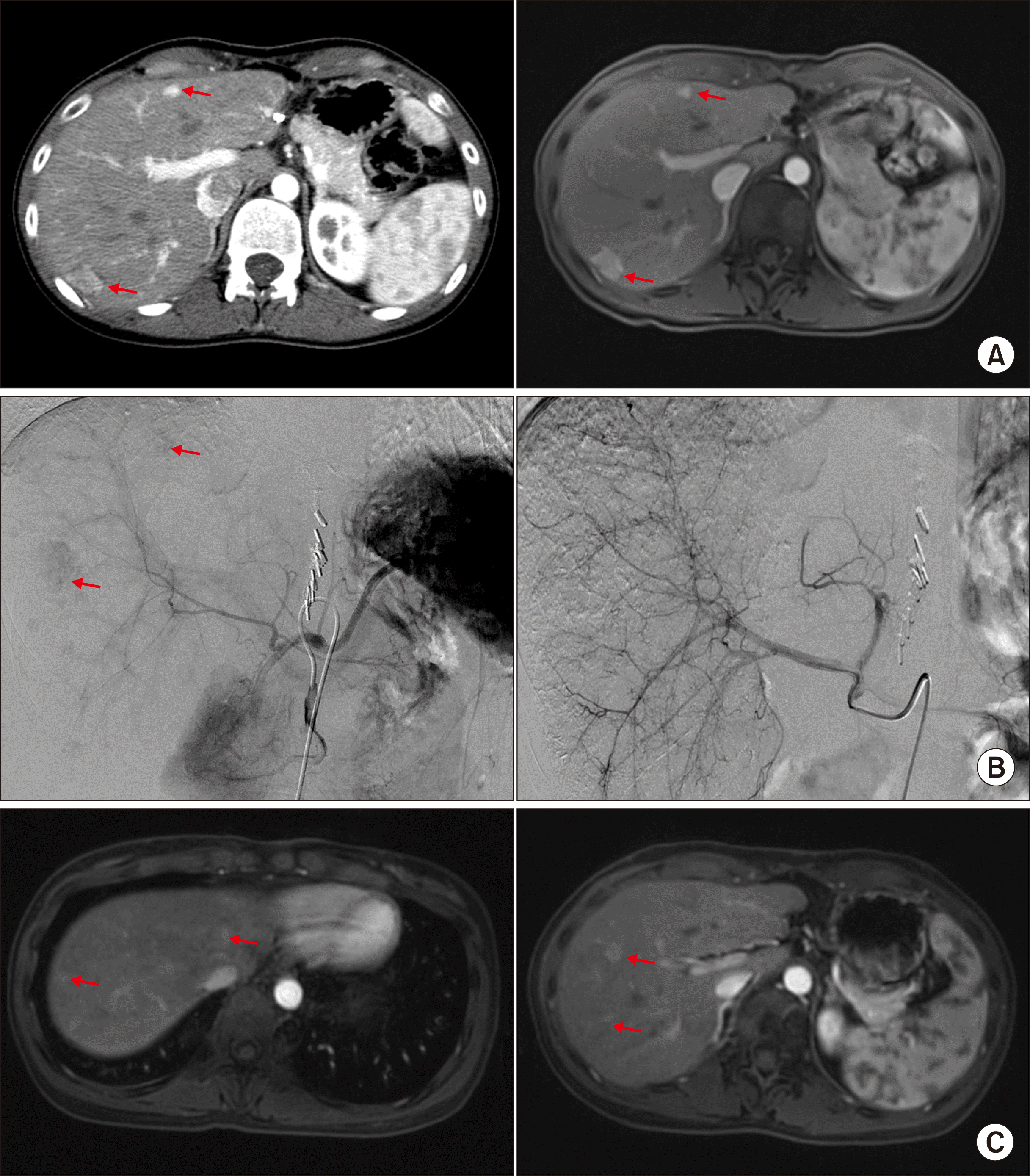




 PDF
PDF Citation
Citation Print
Print



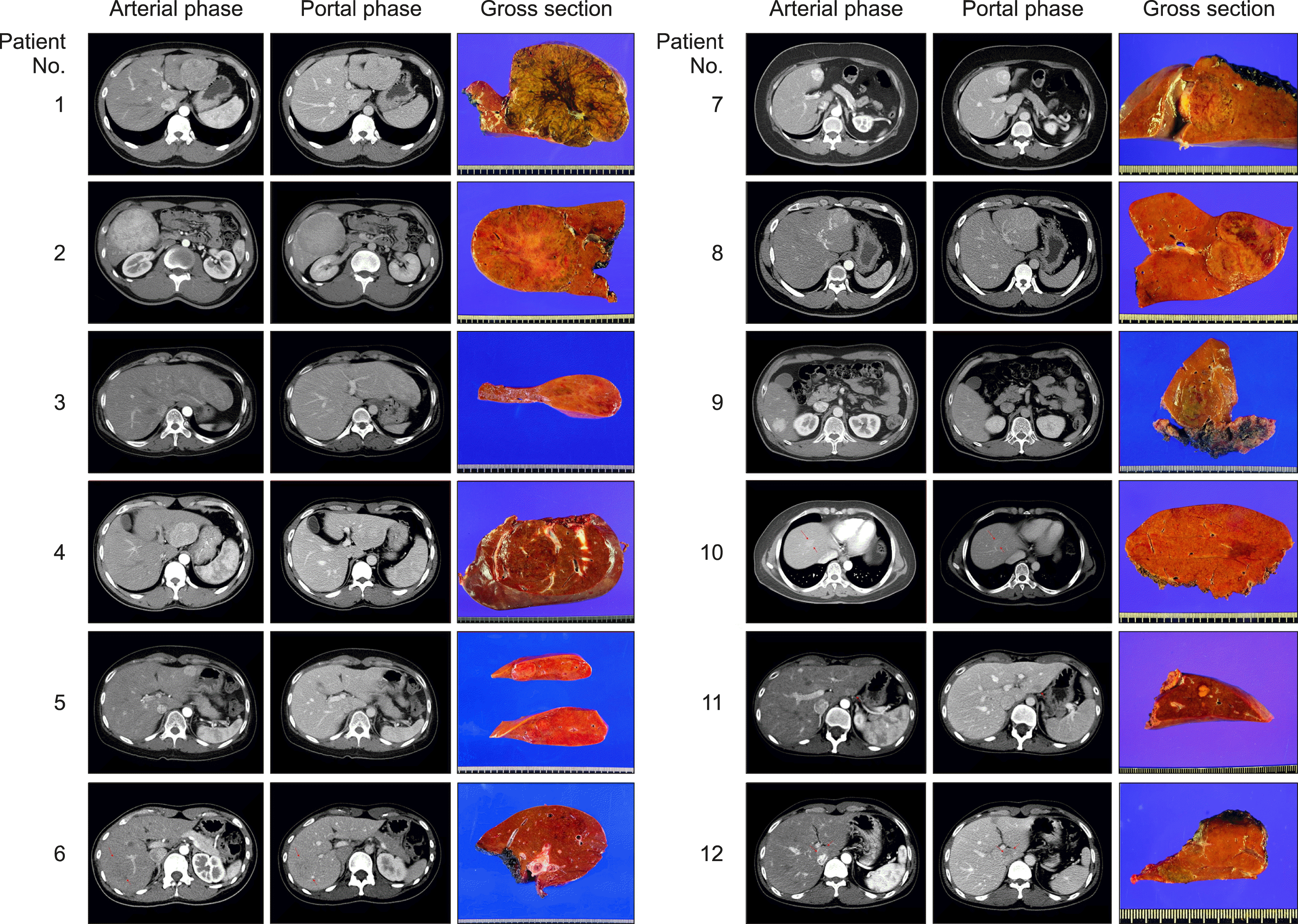
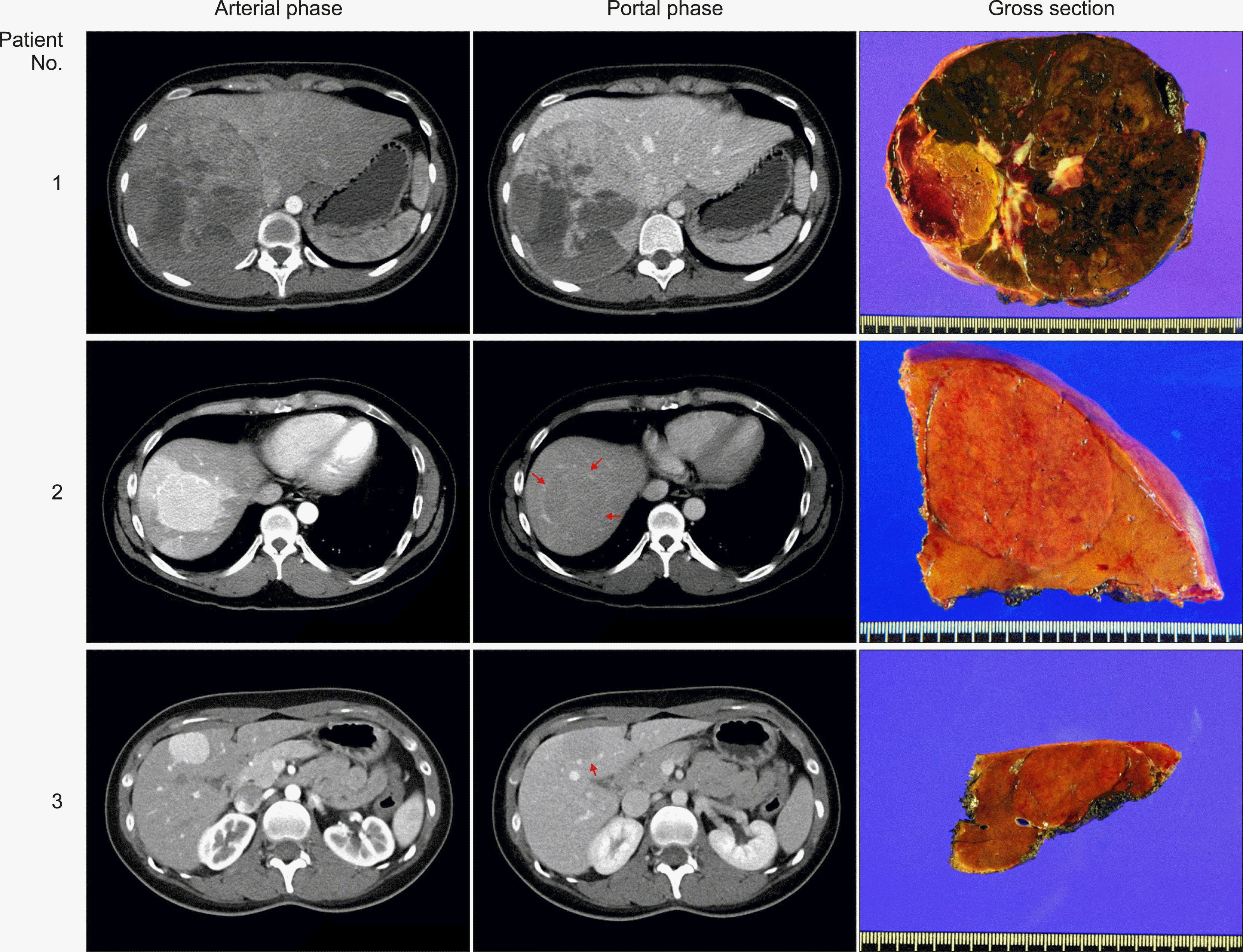
 XML Download
XML Download